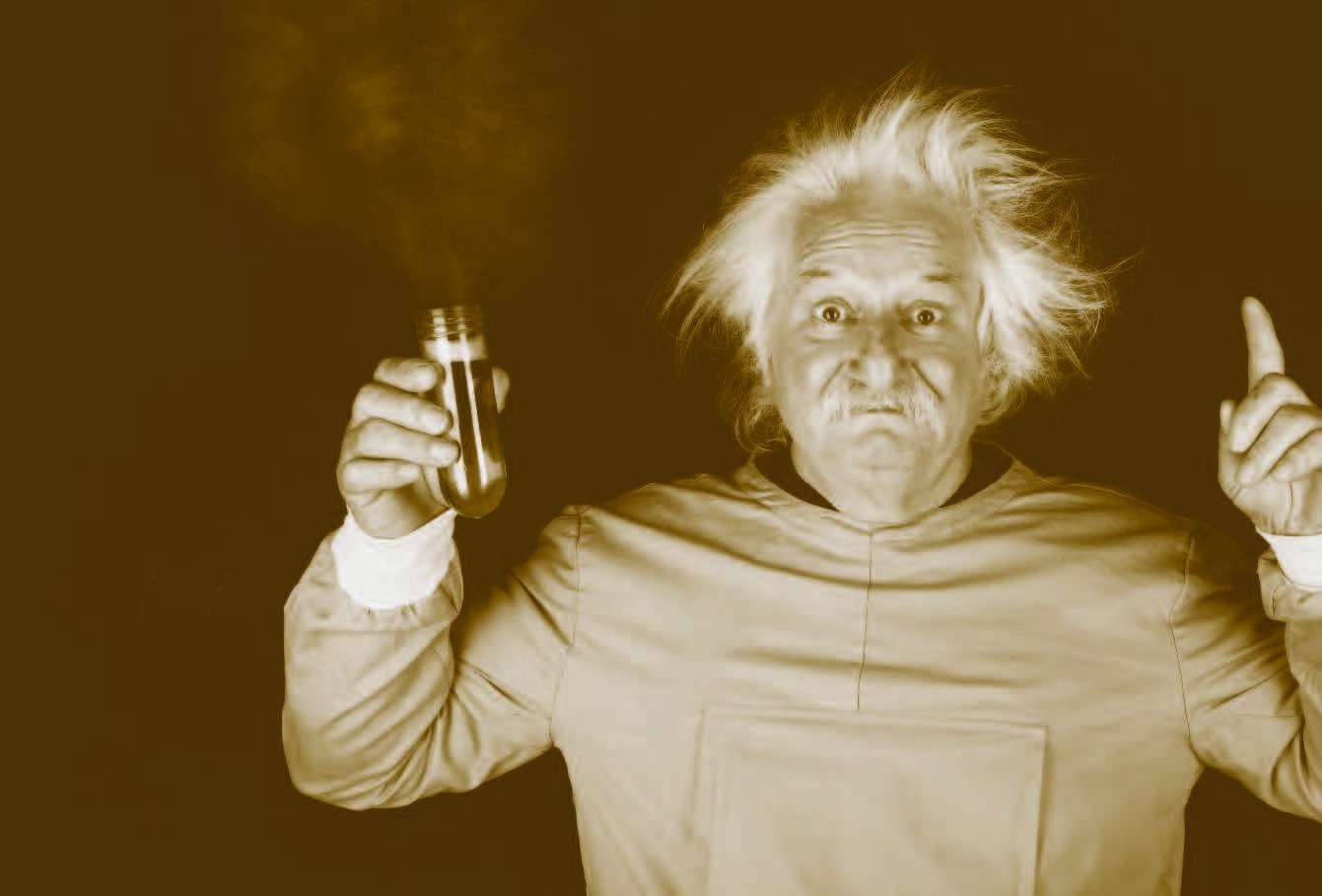What happens when the scientific method goes off the rails?
By Luke Sacher
The fine line between genius and madness, it turns out, isn’t so fine at all. Over the last decade a number of studies have linked people with a high degree of intelligence and creativity to a gene variant associated with psychosis, depression and other mental disorders. That certainly explains a lot. But does it account for the 20th century’s most infamous “mad” scientists? Indeed, can their cruel, misguided scientific experiments and theories be attributed to diseased minds…or was there something else in play? The eight Mad Scientists in these pages do have a few things in common. For example, they all rocketed to the top of their fields as young men (one, in fact, was a rocket scientist). Additionally, each was held in great esteem by his colleagues—some until the bitter end. Alas, each took that fateful first step down the rabbit hole and, in some cases, never came back.
Exactly where and why they went wrong is anyone’s guess. As for their life’s work, however…well, it leaves little to the imagination.
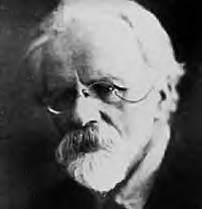
Upper Case Editorial
Monkey See, Monkey Don’t
Ilya Ivanovich Ivanov
Biologist • 1870–1932
The Good: In the early 1900s, Ivanov—a professor at Kharkov University in current-day Ukraine—perfected artificial insemination for horse breeding. This enabled one stallion to safely and successfully fertilize hundreds of mares, and was hailed as a sensation at the time. Ivanov became a leading light among Eastern European scientists, even as Communism enveloped his home country of Russia. He went on to study the science of hybridization, producing a zebra-donkey, bison-cow and various combinations of rodents and rabbits.
The Mad: During the 1920s, dictator Joseph Stalin became intrigued with a paper Ivanov had presented in the pre-Soviet era at the World Congress of Zoologists, which suggested that humans and primates might one day be hybridized. Stalin ordered Ivanov to start working on a “humanzee” super warrior: “I want a new invincible human being, insensitive to pain, resistant and indifferent about the quality of food they eat.” Ivanov and his son traveled to West Africa, to see if this was actually possible. The experiment was a failure.
The Ugly: The problem, concluded the Ivanovs, was that they probably had it all backwards. So in 1929, they decided to reverse the process. With the backing of the Soviet Society for Materialist Biologists, they found five Russian women who volunteered to participate in this insane plan. In a final, bizarre twist, the experiment was shut down thanks to pressure from the Ku Klux Klan, which caught wind of the deal before the genetic material could be shipped across the Atlantic. An enraged Stalin concluded that Ivanov was a counter-revolutionary and sentenced him to five years in a Kazakhstan gulag in 1930. Ivanov died there of a stroke in 1932. His obituary was penned by behavioral scientist Ivan Pavlov, of “Pavlov’s Dog” fame.
A Long, Strange Trip
Sidney Gottlieb
Chemist • 1918–1999
The Good: Gottlieb, who received a Ph.D. in chemistry from Cal Tech, had the pedigree of a can-do problem solver. A stutterer from childhood, he went on to earn a master’s degree in Speech Therapy. Born with a club foot and declared 4F during World War II, he nonetheless had a lifelong passion for folk dancing. In 1951, Gottlieb, anxious to serve his country, joined the CIA as leader of the agency’s Technical Services Staff.
The Mad: Two years later, CIA director Allen Dulles appointed Gottlieb to supervise its MKULTRA mind control program, which focused on the application of LSD and psychiatric research to develop “techniques that would crush the human psyche to the point that it would admit anything.” One operation of the program involved dropping doses of LSD into unwitting people’s drinks and observing the effects. Gottlieb and his team mostly targeted prostitutes, drug addicts, petty criminals, prisoners, vagrants and the mentally ill as guinea pigs.
The Ugly: Under Gottlieb’s direction, MKULTRA also ran tests on paid volunteers—including a group of seven who were given LSD for 77 consecutive days. They also spiked the drinks of fellow CIA agents, just for laughs. Gottlieb also supervised the engineering of clandestine lethal poisons and delivery technologies (earning him the nicknames Black Sorcerer and Dirty Trickster). He was the man behind the plots to kill Fidel Castro with a poisoned fountain pen, wetsuit and cigar, as well as an exploding conch shell. Gottlieb retired from the CIA in 1972 and was awarded a Distinguished Intelligence Medal for his two-plus decades of service. In 1973, CIA Director Richard Helms ordered almost all records pertaining to MKULTRA to be destroyed.

Russian Academy of Medical Sciences
Fetch Me Another Subject
Sergei Brukhonenko
Biomedical Scientist • 1890–1960
The Good: In 1926, Brukhonenko invented the world’s first practical (albeit crude) heart-lung machine. The Autojektor, developed at the USSR’s Research Institute of Experimental Surgery, paved the way for the first open heart operation performed behind the Iron Curtain, in 1957. He was posthumously awarded the prestigious Lenin Prize, the Soviet equivalent of the Nobel, in 1960.
The Mad: Heart-lung machines sustain life artificially. Ergo, the only logical way to test and prove one is by hooking it up to something alive. In 1939, Brukhonenko conducted a series of experiments on dogs, which were documented in the film Experiments in the Revival of Organisms. You can Google the video, but be warned: It is not dog- or doglover friendly. Brukhonenko removed various body parts and vital organs, and was able to keep his test subjects alive and functioning for hours. Brukhonenko kept pushing the envelope, killing a dog by draining all the blood from its body—and then reviving it by pumping the blood back in. The effect of this procedure on brain function was not measured, although any junior-high science student can make an educated guess as to the outcome.
The Ugly: Brukhonenko’s work was hailed as revolutionary by his supporters; his detractors painted him as a dog-torturing Dr. Frankenstein. Keep in mind that the USSR did not place a high value on human life during the rule of Joseph Stalin—and that the Soviets definitely did not build things to sit idle. Which makes a display at Russia’s Museum of Cardiovascular Surgery especially disquieting. It’s a 1930s Autojektor…designed specifically for humans.
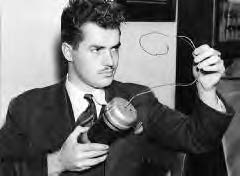
Los Angeles Times
Big Bang
Jack Parsons • Rocket
Scientist • 1914–1952
The Good: On the surface, one could easily envision Jack Parsons—a brilliant young researcher at Cal Tech— as a real-life version of the character played by Jim Parsons on The Big Bang Theory. He went on to co-found the Jet Propulsion Laboratory and Aerojet Engineering in Pasadena, and developed the first practical JATO (jet assisted takeoff) engines for the Army Air Corps during World War II.
The Mad: There, the similarity to Sheldon Cooper ends. By night, Parsons practiced black magic. He was convinced that “magical sex energies” were every bit as legitimate a scientific field as the ones he was busy pioneering by day. His mentor was none other than legendary crackpot Aleister Crowley, who created Thelema, a pseudo-Satanic quasi-religion. He was also pals with L. Ron Hubbard. The military contracts with JPL made Parsons a rich man. He purchased a mansion (dubbed The Parsonage), which welcomed witches and warlocks, and hosted science fiction writers, poets and Manhattan Project scientists.
The Ugly: By the late-1940s, The Parsonage had become ground zero for hedonism in Southern California (which is saying something). There were orgies in coffins and attempts to summon sex goddesses from the great beyond, as well as a number of other activities that cannot be printed in this magazine. We know this because the FBI was keeping a close eye on Parsons, suspecting that he might become a threat to national security. And, in fact, his security clearance was eventually rescinded. Parsons kept busy after that as a consultant and pyrotechnician to the movie industry. In 1952, while working with volatile chemicals in his home laboratory, he blew himself up.
What’s Love Got To Do With It?
Harry Harlow
Behavioral Psychologist • 1905–1981
The Good: Harlow sought the scientific answer to one of the most unscientific existential questions: What is this thing called Love? He based his research on the hypothesis that there’s no stronger bond of love than that between a mother and her child. You may remember from high-school science class Harlow’s studies on rhesus monkey mothers and babies, which he used as models for human beings to obtain objective quantitative data on the nature and agency of love itself. On paper, it was a noble ambition.
The Mad: In practice, it was anything but. Using the scientific method of deduction, Harlow constructed a group of devices engineered to isolate his monkeys from all physical sources of comfort and security, including something called the “Pit of Despair”—a lightless solitary confinement chamber in which baby monkeys were held for up to a year. All of his test subject went mad and never recovered.
The Ugly: Long after these experiments had yielded definitive results, Harlow persisted. In the words of one of his colleagues, he “kept this going to the point where it was clear to many people that the work was really violating ordinary sensibilities, that anybody with respect for life or people would find this offensive.” Indeed, why would anyone other than a sociopath seek to construct a mountain of empirical data proving the self-evident truth that torture causes psychosis? And what did any of this have to do with love? The silver lining to this dark cloud was that Harlow’s work helped to spark the Animal Rights movement and the humane treatment of lab animals.
May I Pick Your Brain?
Walter Freeman • 1895-1972
The Good: In 1936, Freeman set out to build on the promising work of a Portuguese neurologist, who had shown that severing nerves in the cerebral cortex could mitigate neural hyperactivity. Freeman performed the same operation on a housewife in Kansas; he and a colleague dubbed it the perfrontal lobotomy. By 1946, Freeman had perfected the 10-minute procedure, performing as many as 25 in a day.
The Mad: Prior to the invention of antipsychotic drugs, and with mental asylums filled to overcapacity, doctors were desperate for therapies. In the 1950s and 1960s, more than 40,000 of Freeman’s “ice-pick” lobotomies were done in the U.S. alone. Ironically, Germany, Japan and the USSR—the era’s global “villains”—banned the procedures as “contrary to the principles of humanity.”
The Ugly: Derided as a showman by other physicians and neurologists, Freeman and his procedure fell out of favor with the medical profession by the 1960s. In 1967, he performed his final lobotomy—the third one on the same chronic patient, who suffered a hemorrhage and died. He was banned from operating ever again.
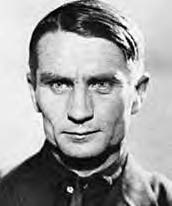 Let ’Em Eat Bark
Let ’Em Eat Bark
Trofim Lysenko
Agronomist &Biologist • 1898–1976
The Good: As a student, Lysenko investigated the effect of temperature variation on life cycles of plants, which led him to consider how to convert winter wheat into spring wheat. He named the process “vernalization.” His experimental research in improved crop yields earned him the support of Joseph Stalin, especially following the loss of productivity resulting from forced collectivization in several regions of the Soviet Union in the early 1930s
The Mad: In 1940, Lysenko became director of the Institute of Genetics at the USSR Academy of Sciences. He espoused “soft inheritance”—the hypothesis that an organism can pass on characteristics acquired during its lifetime to its offspring. Rejecting the work of Mendel and Darwin as politically reactionary, Lysenko concocted his own pseudoscientific theories, which he named Lysenkoism. The false biology, tainted by Marxist philosophy, asserted that plants were self-sacrificing— they didn’t die from lack of sunlight or moisture, but altruistically deposited themselves as fertilizer over the growing roots of the next generation. It was a convenient theory for explaining away the famines that killed millions of Soviets.
The Ugly: Dissent from Lysenko’s theories was formally outlawed in 1948. Scientists who refused to denounce Mendel and Darwin were fired from their posts and left destitute. Many hundreds were imprisoned and several were sentenced to death as enemies of the State. Lysenko, meanwhile, played an active role in prolonging the food shortages that killed millions. After China adopted Lysenkoism in the late-1950s, its peasants were reduced to eating tree bark and bird droppings. At least 30 million Chinese starved to death. Ironically, Lysenko’s influence on Soviet agricultural practices was already in rapid decline at this point.
Occasion to Pause
Jose Delgado
Professor of Physiology • 1915–2011
The Good: In 1946, University of Madrid professor Jose Delgado began a fellowship at Yale University to study electrical brain stimulation. His research extended into the 1960s. Delgado developed the Stimoceiver, a device implanted in the brains of cats, monkeys and primates that operated with a remote control. He famously implanted a Stimoceiver in a bull, and then entered the ring in Plaza Del Toro in Cordoba, Spain. He stopped the animal in full charge using the remote.
The Mad: Delgado also wired up more than two dozen human subjects, many of whom were mental patients. His goal was to generate and/or control specific behaviors and emotions (aka mind control). His own words left little doubt as to where these experiments were headed: “We must electronically control the brain. Someday armies and generals will be controlled by electric stimulation of the brain.” Unfortunately for Delgado, his device only proved effective in moderating aggressive behaviors.
The Ugly: During the 1970s, Delgado—who, incidentally, was lauded by many of his peers—became an impassioned prophet for a new “psycho-civilized” society. His detractors pointed out that controlling people by radio command might have some fundamental drawbacks, like extinguishing human freedom and integrity. Undaunted, Delgado spoke glowingly of a future when ESB (electrical stimulation of the brain) would produce happier, less destructive and better-balanced people. Assuming we could all figure out how to work the remote.
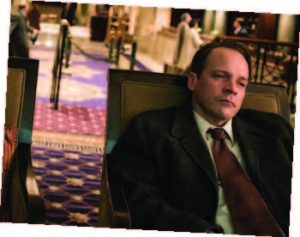 WAIT…WHAT?
WAIT…WHAT?
Because most of the research records were shredded, the scope and impact of the MKULTRA program may never be known. Among the supposed participants— both witting and unwitting—were Ted Kaczynski, the infamous Unambomber, who volunteered for an MKULTRA study while at Harvard, and author Ken Kesey, who authored One Flew Over the Cuckoo’s Nest. Robert Hunter, lyricist for the Grateful Dead, was part of an MKULTRA study at Stanford in the early 1960s. And according to the lawyer for Sirhan Sirhan, his client was part of an MKULTRA experiment at the time he assassinated Bobby Kennedy.
Harold Blauer, a former pro tennis player, received a massive injection of the drug MDA while at a mental hospital. He was battling a bout of depression after his divorce. The facility was part of the MKULTRA program. Blauer died after the injection. Thirty-five years later his family was awarded $700,000 in damages from the government.
The most well-known victim of MKULTRA was Dr. Frank Olson, an army scientist working on a CIA weapons program. At a retreat, a group of agents were given LSD without their knowledge; soon after, Olson began suffering from paranoia and had a nervous breakdown. He fell to his death from a New York City hotel room under very suspicious circumstances. Though the CIA never admitted foul play, Olson’s family was handed a check for $750,000.

Photo courtesy of EarlyMornin
WAIT…WHAT?
Unethical and inhumane experiments can’t always be pinned on an individual scientist, mad or otherwise. Indeed, some of the most troubling examples were outgrowths of government programs, our own government included. In the 1800s and early 1900s, the incarcerated and the mentally ill were considered fair game for experimentation in “medical studies” of various diseases, including bubonic plague. Two of the most infamous examples of government-sanctioned mad science were the four-decade Tuskegee syphilis experiment (involving over 300 impoverished African- American men) and, closer to home, the vaccine studies done on mentally disabled children at the Willowbrook State School on Staten Island in the 1950s and 1960s. Both ended after being exposed by the press.
In 1950, the U.S. Navy unleashed large quantities of what it thought was a benign bacteria over the city of San Francisco in order to simulate and study a biological warfare attack. Operation Sea Spray sickened a large number of city residents, at least one of whom died. Five years later, the U.S. Army secretly air-dropped 300,000 mosquitos from high altitude over parts of Georgia to see if they could survive to bite humans—and thus become carriers of future biological weapons. This was called Operation Big Buzz. In the 1960s, the New York City subways and Chicago “L” system were infected with harmless bacteria to track how a harmful strain might spread in a biological attack. And you thought the graffiti was annoying.

